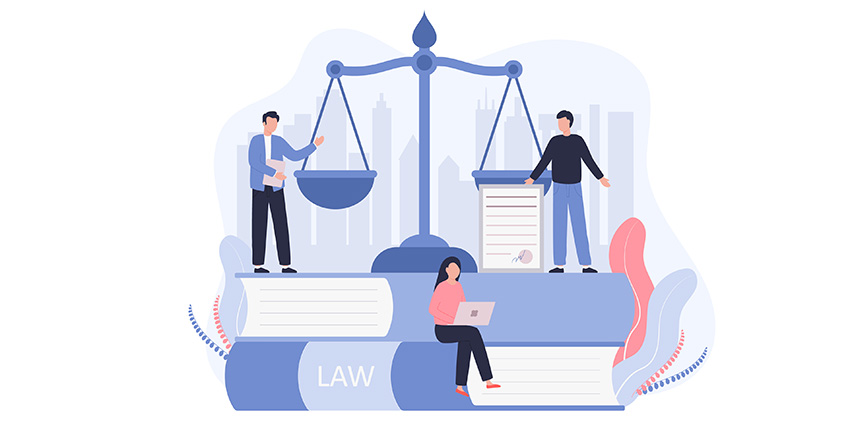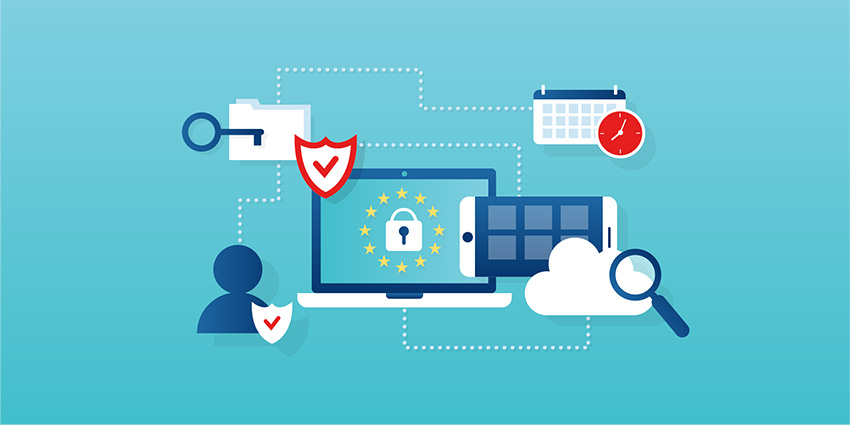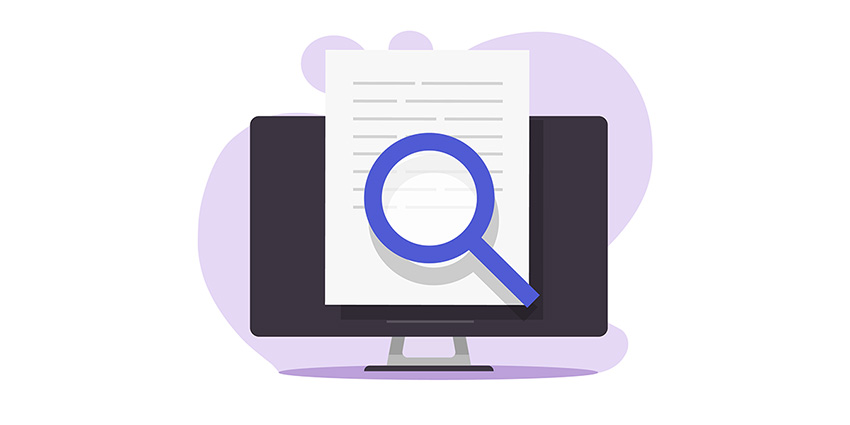Why you need a litigation response plan and where to begin
Readiness is “the state of being fully prepared for something.” Litigation readiness is the state of being fully prepared with a repeatable, defensible plan for how to respond to the initiation of a lawsuit or an investigation.
In an organization with a strong litigation readiness strategy, all critical staff understand:
- what types of data the organization has that may relate to each type of potential litigation;
- where that data is;
- who works with what data and which custodians are relevant to a particular type of issue; and
- what steps everyone must take to launch and then carry out the ediscovery process.
An organization that exists in a state of litigation readiness is prepared at any time to swing into action, preserving, collecting, analyzing, and ultimately producing any relevant electronically stored information (ESI). That preparation requires a thought-out process and a comprehensive plan.
Why does litigation readiness matter? First and foremost, anyone can sue or investigate your organization at any time, regardless of the legitimacy of the claim. Being prepared for that eventuality limits the disruption of your litigation response process, freeing your employees to focus on your business.
In addition, a smooth, coordinated, prompt response to litigation improves both response times and matter outcomes while limiting unnecessary costs. Finally, a consistent, documented, predictable response is defensible in court, should your opponent claim that you intentionally destroyed or spoliated evidence.
Litigation readiness is not a one-and-done event. Organizations must continually engage in litigation readiness planning, preparation, and troubleshooting.
The first step in litigation response is preserving potentially relevant information. As a starting point, organizations should therefore consider how to expedite and automate their legal hold process. Common tools include pre-drafted hold notification templates, up-to-date staff rosters and custodian lists, and a straightforward response mechanism that enables custodians to rapidly acknowledge their compliance with holds. To ensure that the initial legal hold and preservation process is defensible in court, the legal department should also have an effective system for creating an audit trail and tracking its preservation steps.
Finally, it’s worth noting that litigation readiness is also largely a mindset. Staff at organizations that have developed litigation readiness plans are prepared, logistically and mentally, for whatever may come. They are in control of their data, custodians, and processes. They are confident and comfortable both that they aren’t engaging in bad behavior and that they can respond quickly and fluidly to any accusation or investigation. While it’s primarily the legal department that has to be ready to act when a lawsuit begins, every employee needs to be mindful of data and in compliance with corporate policies for the organization as a whole to be prepared.
Glossary definition
Litigation readiness is the state of being fully prepared for any litigation or investigation that may occur. It involves being prepared with a repeatable, defensible plan for how an organization will respond to a complaint, beginning with preservation of potentially relevant information.




